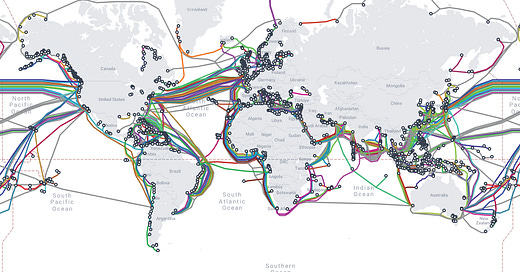The perks of being male
This graph from the AIBM article The State of Working Class Men (8/29/2204) focuses on the death rate of working class men, which is considerably higher than the other three groups by age. It is worth pointing out that non-WC men die at a higher rate than non-WC women. Another example of discrimination against men (/s). It is also worth noting that WC women die at a much higher rate than non-WC women and even non-WC men.
The real takeaway is the class divide here. Now, is it any surprise that many of these working-class people might feel as if society isn’t working for them? Think about that the next time you wonder why any of them would vote for Trump. Yes, I know, Trump doesn’t have any policy to help them. True, but Democrats have made it clear that they are more concerned about those that went to college. What message is student loan debt relief sending the working class?
Scholarly group activism
This comes from the AEI report Scholarly Associations Gone Wild: Stop Publicly Funding Scholarly Groups That Trade Academics for Advocacy (8/26/2024).
On the one hand, this is to be expected. In an academic world rife with ideologues, it would be surprising if scholarly associations had somehow remained immune. On the other hand, this politicization raises hard questions about these entities’ nature and purpose. It also poses a simpler query for policymakers: Why should the public subsidize these organizations? While the members of politicized associations clearly have a First Amendment right to assemble and share their views, they have no special claim on the public purse.
And these academic associations are hardly cheap. We estimate that the average membership costs $193 per year and the average conference registration is $471. Each year, according to our calculations (which we’ll explain a bit further on),these fees add up to about $359 million, of which $227 million comes from faculty at public colleges and universities. To the extent these funds support organizations engaged in political advocacy, it’s a betrayal of academic integrity and taxpayers, who should not be obligated to subsidize professors’ political activity.
It might make sense to make some type of statement if it relates to the organizations scholarly activities. But here is one example that isn’t close to this:
Associations routinely take positions on issues that seem far from their fields of study. For example, the American Mathematical Society issued an official apology for its “failure to effectively combat the compounded effects of racism.”11 The nation’s mathematicians also issued a statement that “strongly condemns the Russian invasion of Ukraine” while “calling for an immediate halt to these hostilities and violations of international law.”
None of this helps the public perception, and largely the reality, of the one-sidedness of academics.
Related was the lead in the Chronicle of Higher Education today, The Professoriate’s Politics Problem—Conservatives are rare in academe. Does it matter? (9/24/2024). The slant in the title is obvious. Does it matter? not Why it matters? or why it should change? The article is a collection of essays. Here is a quote from the essay How Universities Die.
University leaders, as Teles rightly recommends, should also “send visible, credible signals that they are not discriminating against conservatives.” So should professors. One way they can do so is by developing undergraduate courses on what is best in the conservative intellectual tradition. With rare exceptions — such as courses at Emory and Cornell — these classes aren’t offered, and those who teach them are generally older scholars nearing retirement.
Liberal institutionalists should ensure that every major university offers a course on the conservative intellectual tradition. While this change by itself won’t save universities, it is nonetheless indispensable to the revival of liberal education.
A course, well, that would be nice. I laughed a bit, even though it is a good idea, because academics tend to think that the solution to everything is a course. To be fair, the earlier paragraph talked about courses, and this is just an example of one. The essays are worth reading if higher education is a topic that interests you.
I do think the issue is deeper than this, as higher education or academics are really stuck in their status quo at a time when competition for students is increasing (see Tuesdays post on the Demographic Cliff) and society is questioning the value of college. Higher education is a place that needs dissent to foster change but values agreeableness.
Get a job
I find this astonishing. Only 60% of 16 to 24-year-olds were working in July 2024. From the BLS (9/3/2024). What are the other 40% doing? It would be interesting to know what percentage of students attending or planning to attend college are working in the summer. You’d have less debt if you worked in the summer. In fact, working might help them mature a bit too.
Graph of the week
The paper Identifying the multiple drivers of cactus diversification (8/23/2024) provides the graph below the quote from the abstract.
Using machine learning in combination with phylogenetic modelling, we show that five separate abiotic and biotic variables significantly contribute to the diversification of Cactaceae. We reconstruct a comprehensive phylogeny, build a dataset of 39 abiotic and biotic variables, and predict the variables of central importance, while accounting for potential interactions between those variables. We use state-dependent diversification models to confirm that five abiotic and biotic variables shape diversification in the cactus family. Of highest importance are diurnal air temperature range, soil sand content and plant size, with lesser importance identified in isothermality and geographic range size. Interestingly, each of the estimated optimal conditions for abiotic variables were intermediate, indicating that cactus diversification is promoted by moderate, not extreme, climates. Our results reveal the potential primary drivers of cactus diversification, and the need to account for the complexity underlying the evolution of angiosperm lineages.
From the gardens
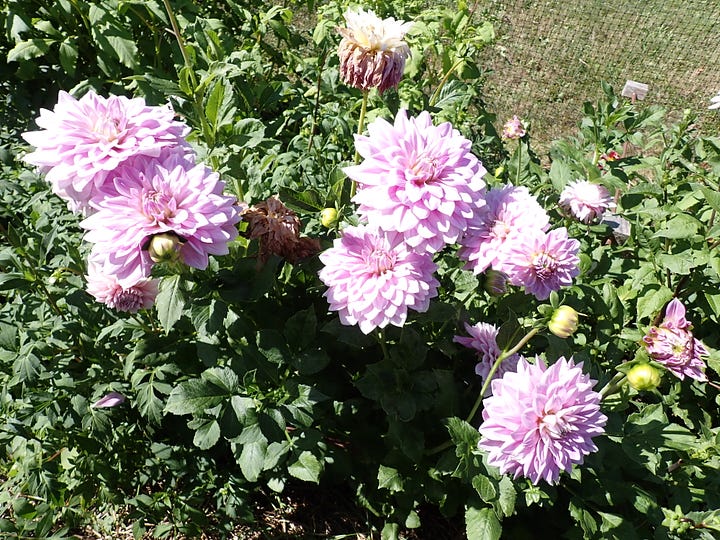
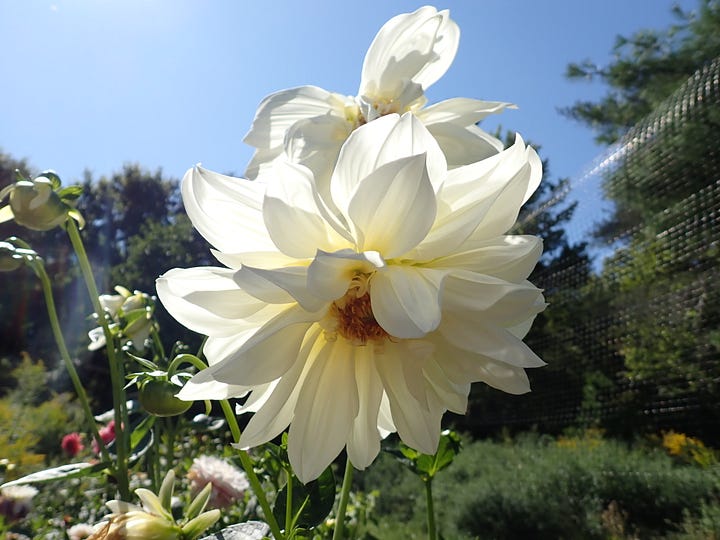
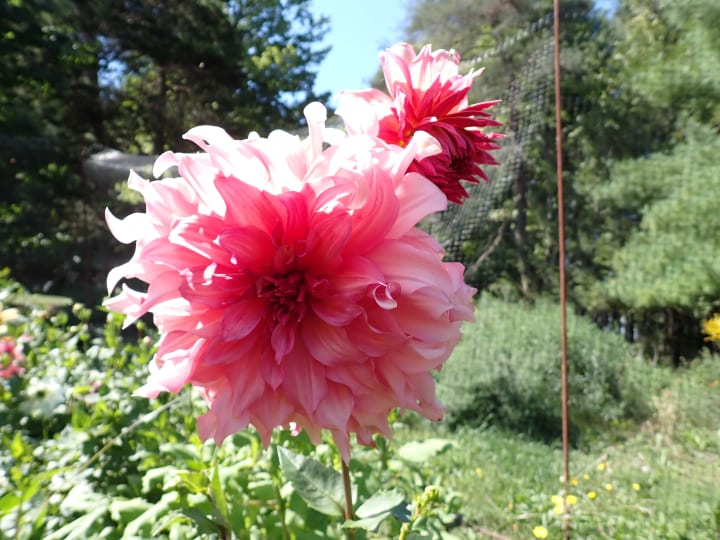
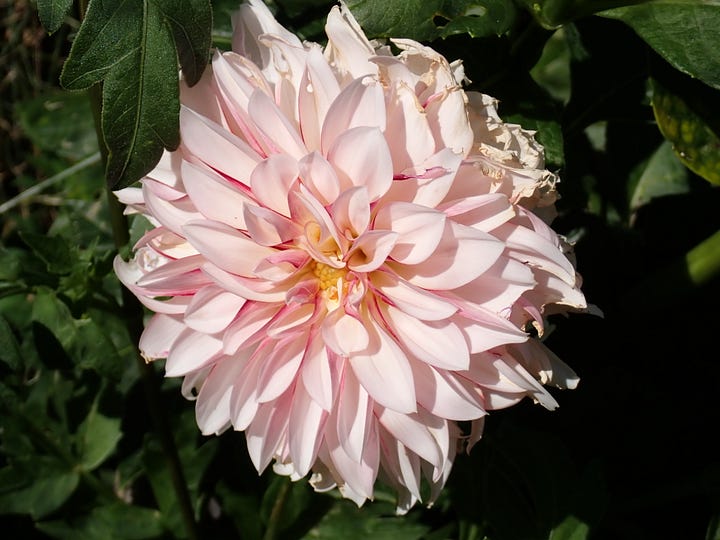
Map of the week
Just in case you were wondering about submarine cables, the cleverly named Submarine Cable Map site has an interactive map with this information.
If it can be extracted, someone will use it
How serious are countries about reducing fossil fuels, in this case natural gas, if they are expanding export capacity? From the EIA (9/3/2024)
The spinning CD
Please share and like
Sharing and liking posts attracts new readers and boosts algorithm performance. Everything you do is appreciated.
Comments
Please point out if you think something was expressed wrongly or misinterpreted. I'd rather know the truth and understand the world than be correct. I welcome comments and disagreement. We should all be forced to express our opinions and change our minds, but we should also know how to respectfully disagree and move on. Send me article ideas, feedback, or other thoughts at briefedbydata@substack.com.
Bio
I am a tenured mathematics professor at Ithaca College (PhD Math: Stochastic Processes, MS Applied Statistics, MS Math, BS Math, BS Exercise Science), and I consider myself an accidental academic (opinions are my own). I'm a gardener, drummer, rower, runner, inline skater, 46er, and R user. I’ve written the textbooks R for College Mathematics and Statistics and Applied Calculus with R. I welcome any collaborations.


